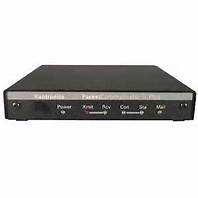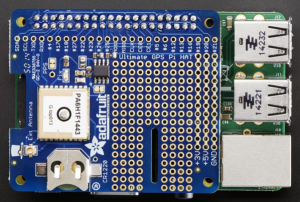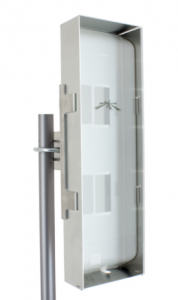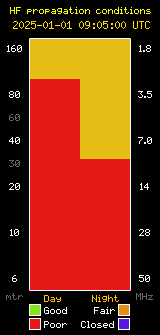Well a few of you have discovered the website and the chat server and used them! People should just check in from time to time so we know everyone’s alive.
I ran into some problems with the NTP (time) server. I didn’t get a chance to work on it much this week. But I got the GPS module functioning and able to maintain accurate time even if satellite coverage is lost temporarily. That is important for an indoor installation without an outside antenna. The NTP daemon that installs with Raspbian is not natively capable of acting as a Stratum 1 (GPS synchronized) NTP server. So I have to make a few changes to the code and recompile. Luckily I found someone else that did this a couple of years ago, and while the code is not the same, the principle is. So that shouldn’t take long once I get into it.
I was trying to think of a way to set up a mail server to users could communicate privately, but it relies on normal DNS very heavily and it would take too much work. So instead, I am going to set up a bulletin board type forum server using another Raspberry with SMF, MySql and Apache. This will allow users to create private accounts and exchange private messages as well as host conventional public forum functions. I think this will fill the bill and ultimately be a real helpful addition to the mesh network.
There’s talk about hooking up with Ventura county sooner rather than later, and on up to Santa Ynez Peak soon as well. So when we can integrate with the larger mesh, I want SBARC to have a full compliment of services we can show off!
-K6BPM












